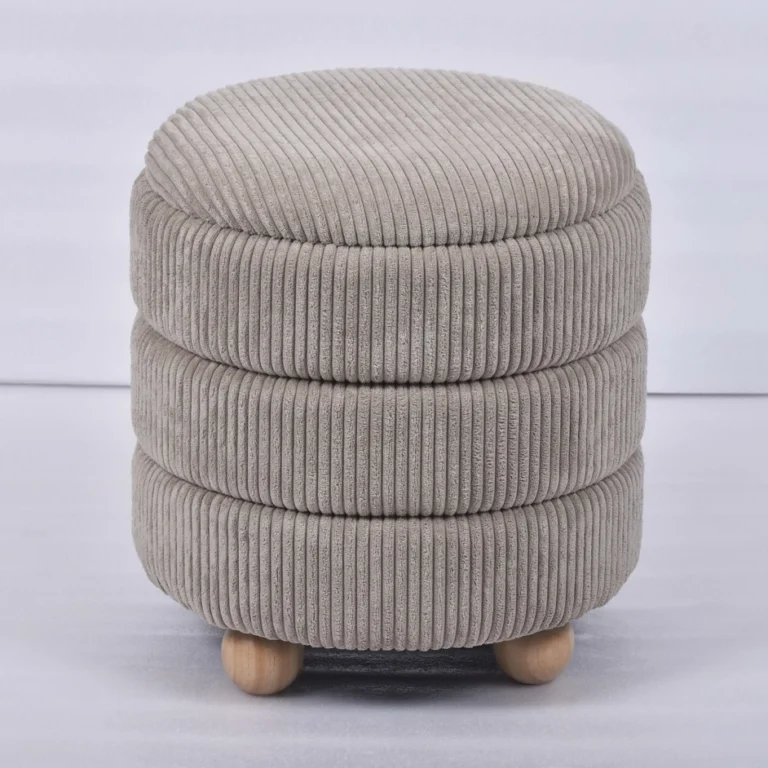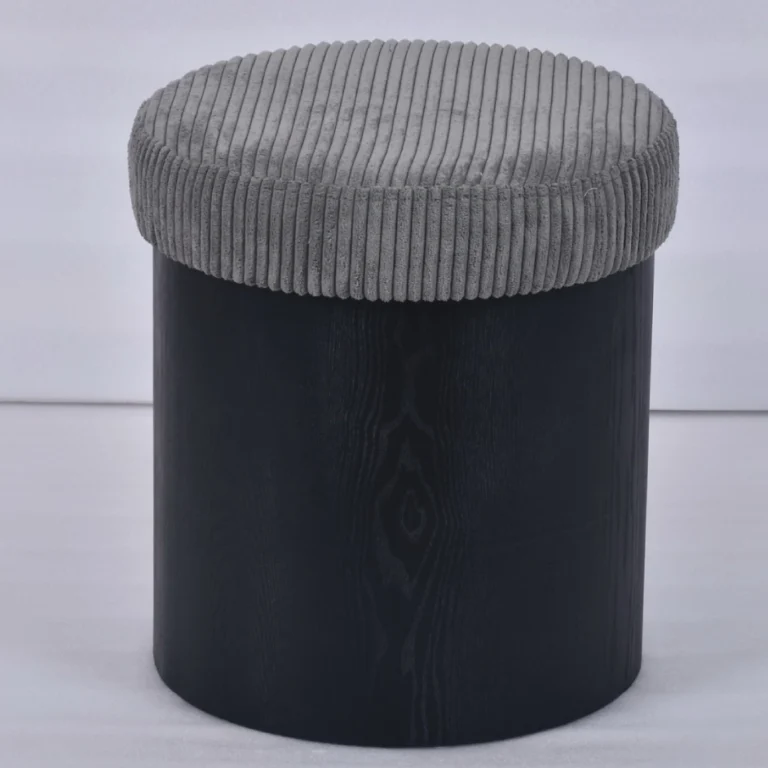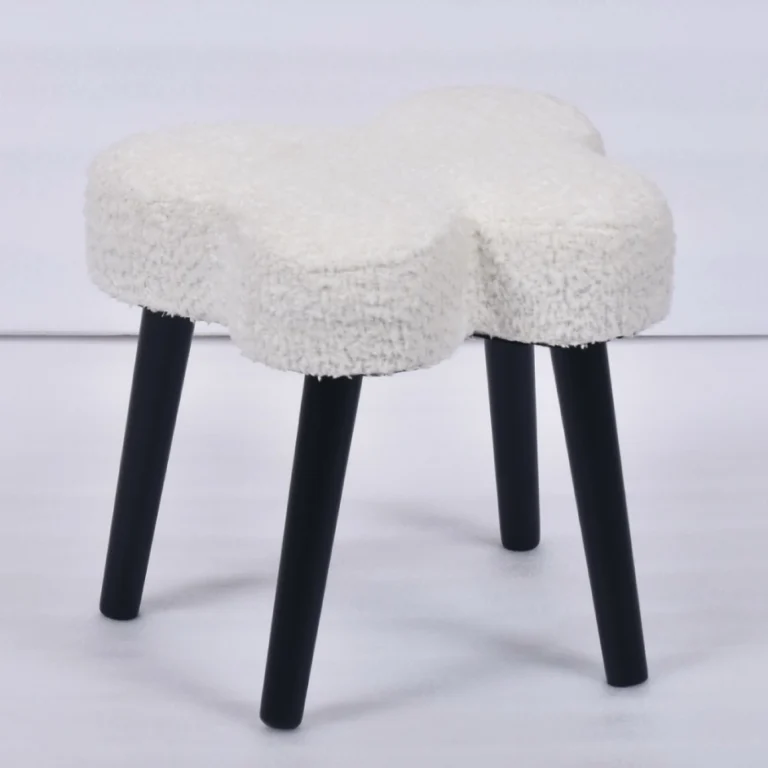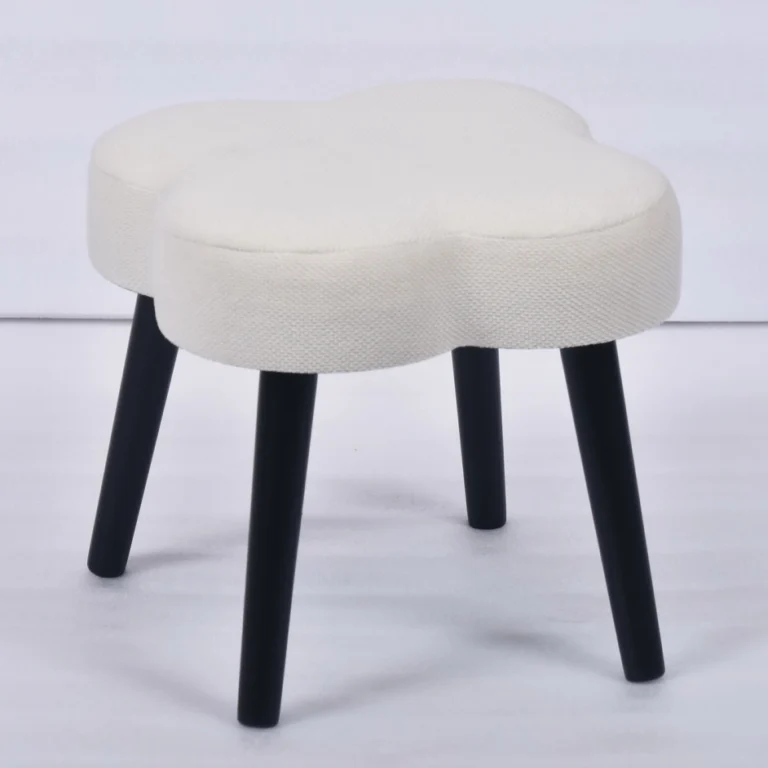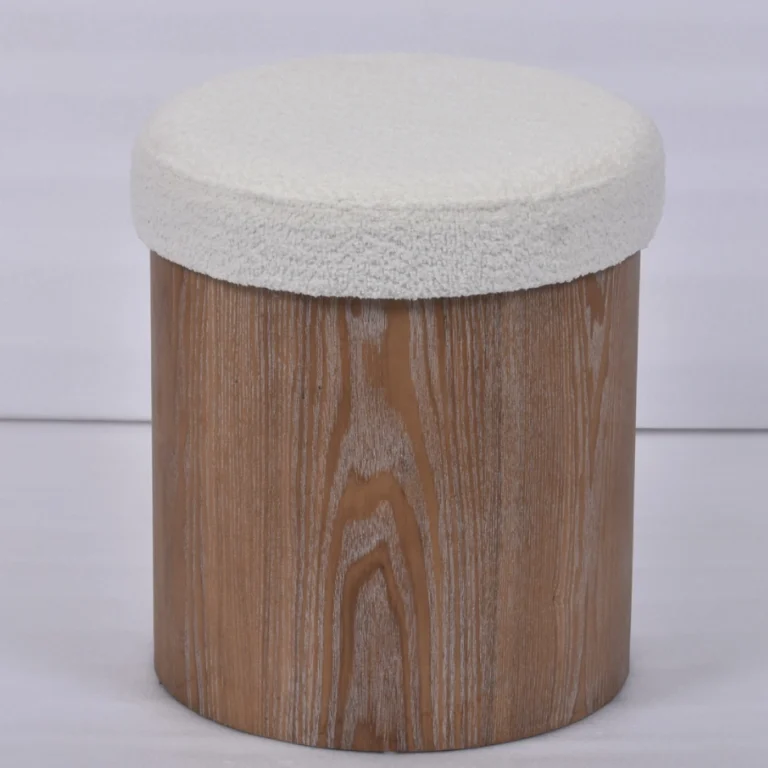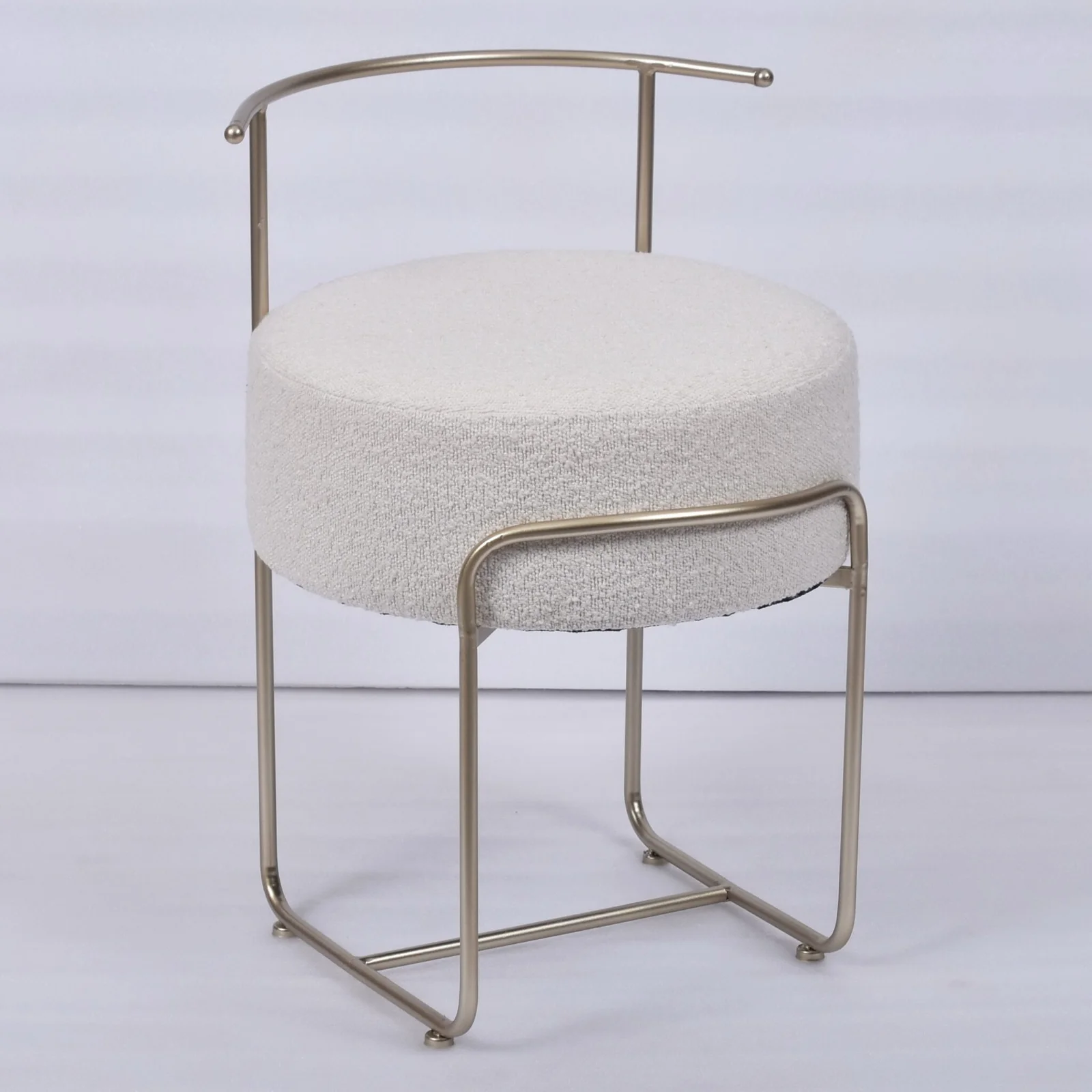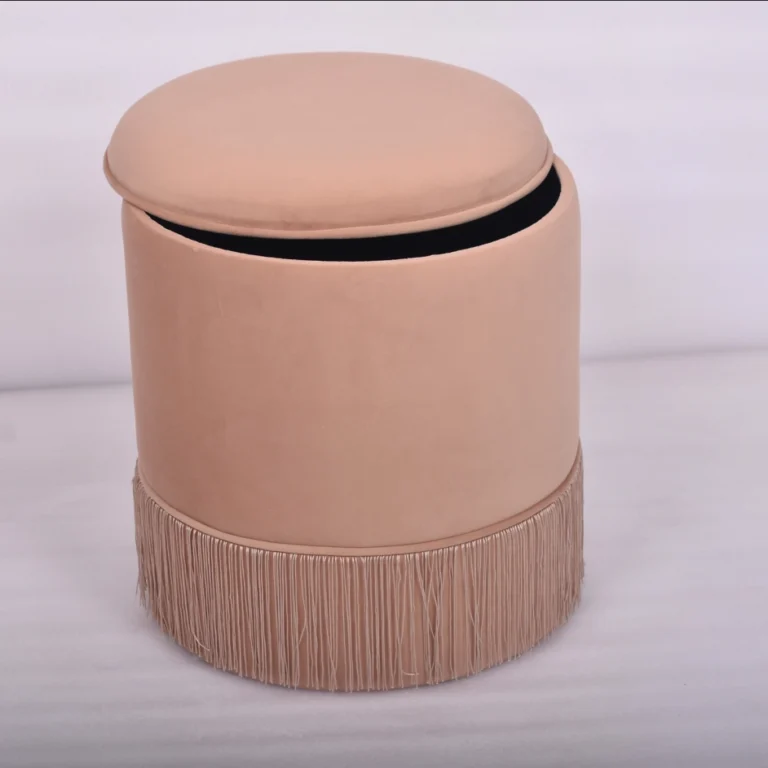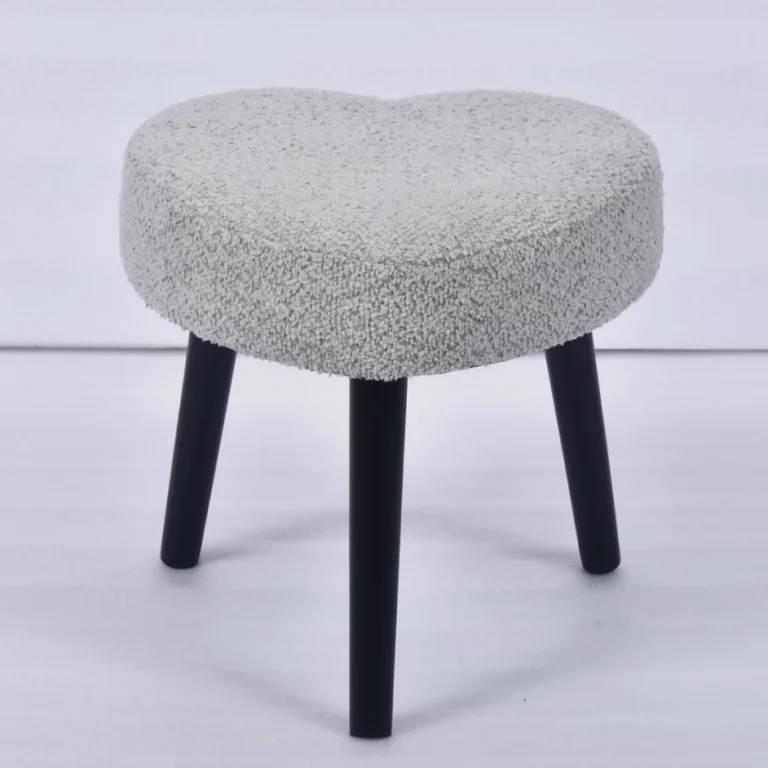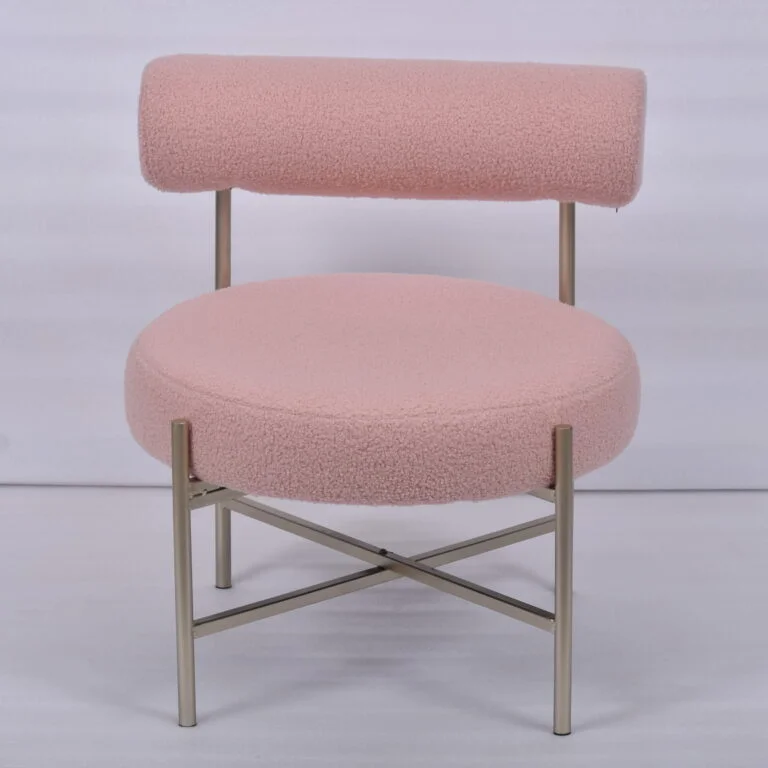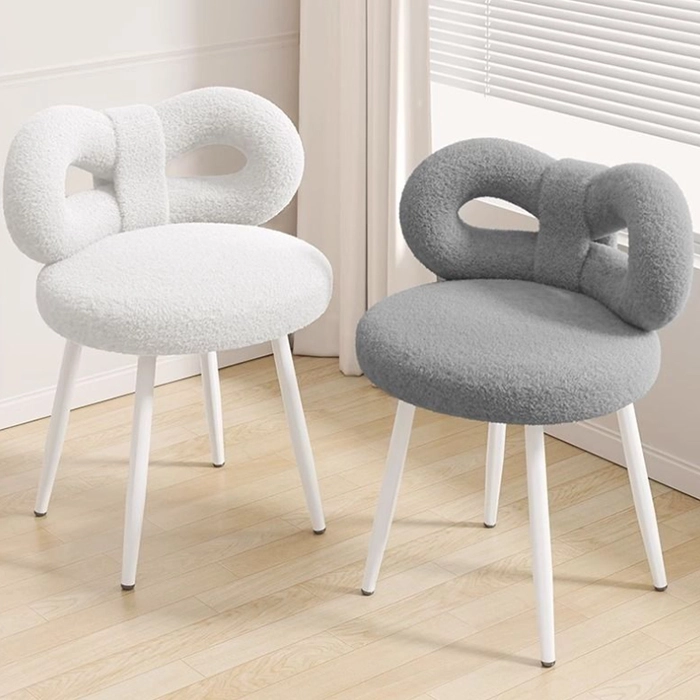Footrest Ottoman
The Contemporary Comfort Philosophy of the Footrest Ottoman
In the morning light along Istanbul’s Golden Horn, before the floor-to-ceiling windows of a Manhattan apartment, or beside the silk cushions of a desert oasis in Dubai, a household object passed down through generations is quietly inscribing a new footnote to contemporary comfort philosophy—the Footrest Ottoman. This soft support has long transcended its physical function to become an indispensable rhythmic symbol in spatial storytelling.
The Poetics of Material: A Silent Narrative Woven by Touch
When Turkish handwoven wool velvet kisses a walnut base from the Anatolian Plateau, or when Italian calfskin-wrapped plush padding bears the weight of afternoon books in a Parisian loft, the Ottoman’s material dialogue becomes a silent luxury. The artisans at TeruierFurniture understand this deeply. They deconstruct and reconstruct geometric patterns from North African nomads, revitalizing the cobalt and ochre hues of Persian tapestries on modern looms to create their distinctive “Earth Textiles” collection. These fabrics not only withstand the chill fog of Scandinavia and the humid breezes of the Persian Gulf but also awaken tactile memory with their interlaced textures—like the fleeting joy of a desert traveler touching an oasis spring.
The Metaphor of Structure: A Dance Between Eastern Wisdom and Western Precision
Hidden beneath the cushions lies a framework infused with cross-cultural mechanical ingenuity. Inspired by the joinery techniques of Damascus copperware, the adjustable support allows the Ottoman to seamlessly transition between roles—from a coffee table extension in a London townhouse to a storytelling island in a Riyadh mansion. TeruierFurniture’s patented “Floating Axis” system, drawing inspiration from the celestial tracks of Cairo’s observatory dome, enables silent angle adjustments from 5° to 25°, as natural as the Nile’s tides responding to the moon. This pursuit of “adaptive luxury” echoes the emerging urban class’s craving for spatial flexibility—a modern alchemy that transforms limited square footage into infinite living possibilities.
A Vessel of Light: The Spiritual Dimension of Transparency
The most exquisite innovations lie in the subtlest details. Resin edges, crafted with Nordic crystal-cutting techniques, refract prismatic light through Dubai’s diamond-patterned windows, evoking the frozen fragments of Stockholm’s icy lakes. These seemingly decorative ridges serve a functional enchantment: as dusk falls over the Nile in Cairo, sensor-embedded LED strips cast an amber glow to guide nighttime readers, while during a stormy New York evening, the soft light rising beneath one’s feet mimics the guiding beacons of the Bosphorus, gently dispelling the weariness of a traveler. This orchestration of “ceremonial light” is a contemporary reinterpretation of the sacred illumination central to Middle Eastern aesthetics.
In the dialogues between Beirut art salons and Copenhagen design weeks, in the collisions between Istanbul’s antique markets and Milan’s concept stores, the Footrest Ottoman quietly becomes a cultural decoder. TeruierFurniture’s creative philosophy mirrors the ancient trade routes connecting Eurasia—melding Venetian glassblowing, Damascene inlay craftsmanship, and Anatolian dyeing secrets into a poetic ode to borderless living. When Cairo’s coppersmiths recreate Fatimid-era motifs with laser engravers, or when Berlin engineers develop nano-stain-resistant coatings for Moroccan leather, this seemingly ordinary home furnishing has already become the most comforting footnote of civilization in the age of globalization.
It need not proclaim luxury, yet its gentle support speaks volumes of care. It does not flaunt design, yet within its compact form, it holds the shifting light from Nordic snowfields to Persian courtyards. Perhaps this is the essence of modern living: in the eternal dialectic between function and poetry, tradition and innovation, intimacy and openness, finding a moonlit island where the soul can stretch and breathe.
